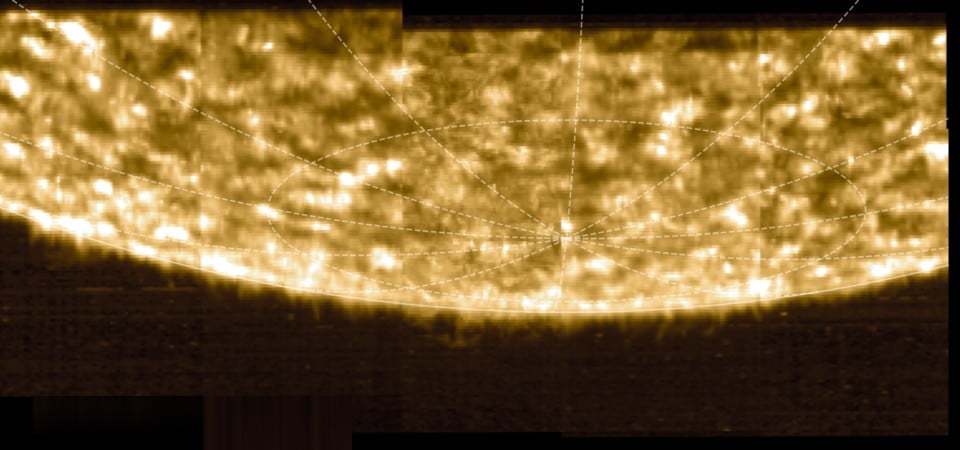
""We were only able to identify and understand these two groups by observing hundreds of events at different distances from the Sun with multiple instruments - something that only Solar Orbiter can do,""
""By going so close to our star, we could measure the particles in a 'pristine' early state and thus accurately determine the time and place they started at the Sun.""
""In extreme cases," noted ESA, "the particles seem to take hours to escape.""
""It turns out that this is at least partly related to how the electrons travel through space - it could be a lag in release, but also a lag in detection," said ESA Research Fellow Laura Rodríguez-García. "The electrons encounter turbulence, get scattered in different directions, and so on, so we don't spot them immediately. These effects build up as you move further from the S"
Solar Orbiter pinpointed two distinct sources of solar energetic electron (SEE) events: one associated with intense solar flares and the other with coronal mass ejections (CMEs). Close-up measurements captured particles in a pristine early state, allowing accurate determination of their launch time and location on the Sun. CMEs tend to carry more high-energy particles, increasing risk to spacecraft. Distinguishing flare-related and CME-related events rapidly improves space-weather forecasting. Observations of hundreds of events across varying distances revealed that apparent delays between SEE onset and electron escape result partly from particle travel effects, including turbulence and scattering that delay detection as distance increases.
Read at Theregister
Unable to calculate read time
Collection
[
|
...
]